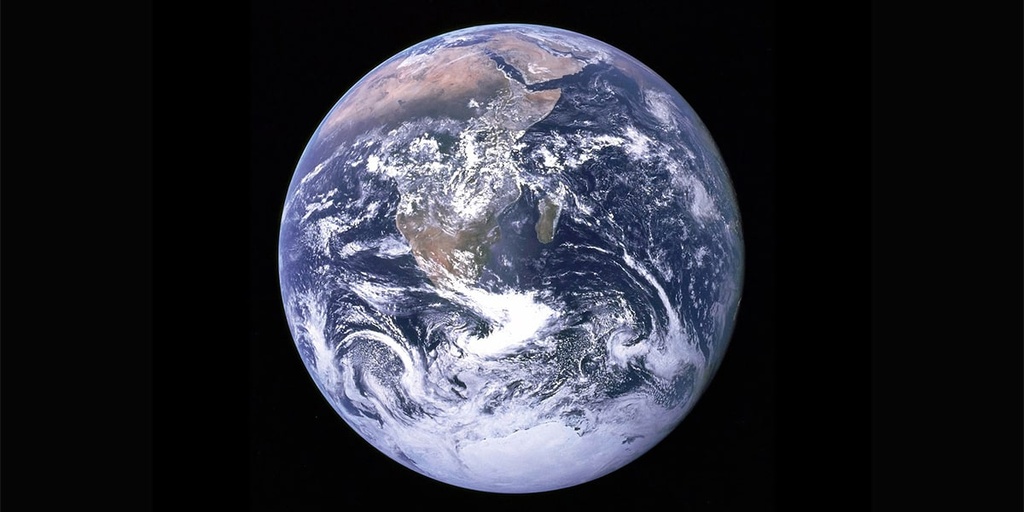Climate Change and Solutions

Scientists have confirmed that current global warming is human-caused and not a natural fluctuation in climate, and that the rate of warming is faster than anything seen in the previous 10,000 years.
Human-caused climate change began during the Industrial Revolution when humanity began to burn fossil fuels - oil, coal, and natural gas - to produce more energy. Since the Industrial Revolution, we have been using increasing amounts of energy in order to keep up with consumer demand and sustain an economic system based on infinite growth.
The gases from burning oil, coal, and natural gas are released into the atmosphere, trap heat from the sun, and in turn warm the planet. This is called the greenhouse effect. The most problematic gases are carbon and methane. They stay in the atmosphere for hundreds of years.
As global temperatures rise, they are altering the conditions of the atmosphere, oceans, and other ecosystems. This will lead to increasingly frequent and extreme wildfires, droughts, floods, heatwaves, and extreme weather events. These are causing food and water shortages, climate migrations, and damage to infrastructure, which will worsen as long as we continue on with business as usual. Climate and ecological breakdown threatens the health, safety, and survival of human and nonhuman life.
Floods and Storms
Earth's lower atmosphere is warming because of fossil fuel emissions. Because warm air holds more moisture, this is leading to increasingly extreme floods, storms, and weather events.
Droughts
While some areas will experience flooding, others will experience drought. It’s also possible for an area to alternate between periods of flooding and drought. Warmer temperatures enhance evaporation that dries out soils and vegetation. Changes in the jet stream from warming global temperatures are also reducing rainfall in certain areas.
Wildfires
With worsening droughts, trees and underbrush are drying out. This process creates conditions that make wildfires easier to start, spread, and harder to contain.
Heatwaves
Climate change is leading to more frequent, longer, and intense heat waves. It has increased the size of stalled high-pressure weather systems called "blocking events”, which can produce deadly and long-lasting heat waves.
Sea Level Rise
Warming temperatures from burning fossil fuels is causing glaciers and ice sheets to melt and break apart, with the danger of completely collapsing and elevating sea levels enough to destroy and displace island and coastal communities, including major cities like Miami.
Sixth Mass Extinction
We are in the middle of the sixth mass extinction, the first mass extinction caused by human behavior. The current rate of extinction is tens to hundreds of times higher than the average over the past 10 million years. Its main drivers include destructive land and sea use, direct exploitation of plants and animals, global warming, pollution, and invasive species. The sixth mass extinction threatens the biodiversity and ecosystems that humans rely on for survival.
Tipping Points
Human-caused global warming from the burning of fossil fuels is triggering the Earth’s tipping points. These include the melting of glaciers and sea ice, die-off of the Boreal & Amazon rainforests, melting permafrost, coral reef die-off, loss of aerosols & cloud cover, and warming, acidifying oceans. Healthy ecosystems either act as carbon sinks or deflect sunlight, and are necessary to keep the Earth cool.
Once several tipping points are triggered, it could lead to a cascade effect, triggering other tipping points and irreversibly transitioning the Earth into a state of runaway heating that is outside of human control. This would lead to what climate scientists call an ‘uninhabitable hothouse Earth.’
Some tipping points have already been triggered by global warming, while others won’t be triggered until warming worsens.
Timeline
Humanity has a limited window of time left to transition off fossil fuels before we trigger irreversible tipping points and lose the ability to avoid runaway heating.
The goal of the Paris Climate Agreement is to keep global warming below 1.5 degrees Celsius and decrease atmospheric carbon below 350 parts per million (ppm), considered the safe zone for maintaining a safe and habitable planet. To do this we basically need to cut climate pollution in half by 2030.
The Earth has already heated 1.3 degrees Celsius since the Industrial Revolution. Extreme weather events and tipping points are happening faster and with more extremity than scientists projected, suggesting that we need to speed up our transition off fossil fuels and onto renewable sources of energy.
UN secretary Antonio Guterres is calling for First World countries to reach net zero emissions by 2040 and countries who emit less to reach net zero emissions by 2050.
Solution
Although our situation is dire, we know the solutions and we still have time to act. The solution to climate change is to stop burning coal, oil, and natural gas for energy and make a global transition to renewable energy. Renewable energy includes solar, wind, tidal, and geothermal.
In order to avoid ecological collapse, which is as important to human flourishing as climate change, we need to protect at least 30-50% of the land and water, which are critical carbon sinks, and stop consuming more resources than the Earth can safely regenerate.
We still have time to take collective action in order to maintain a safe and habitable planet. Humanity is being given the opportunity to create a green and flourishing world that considers all life.

